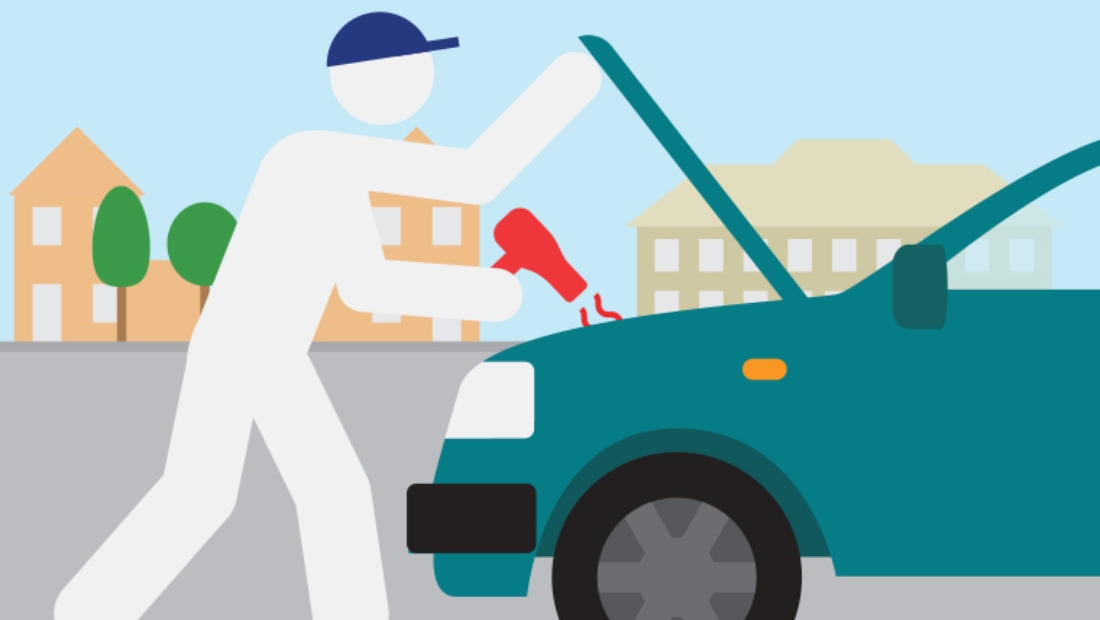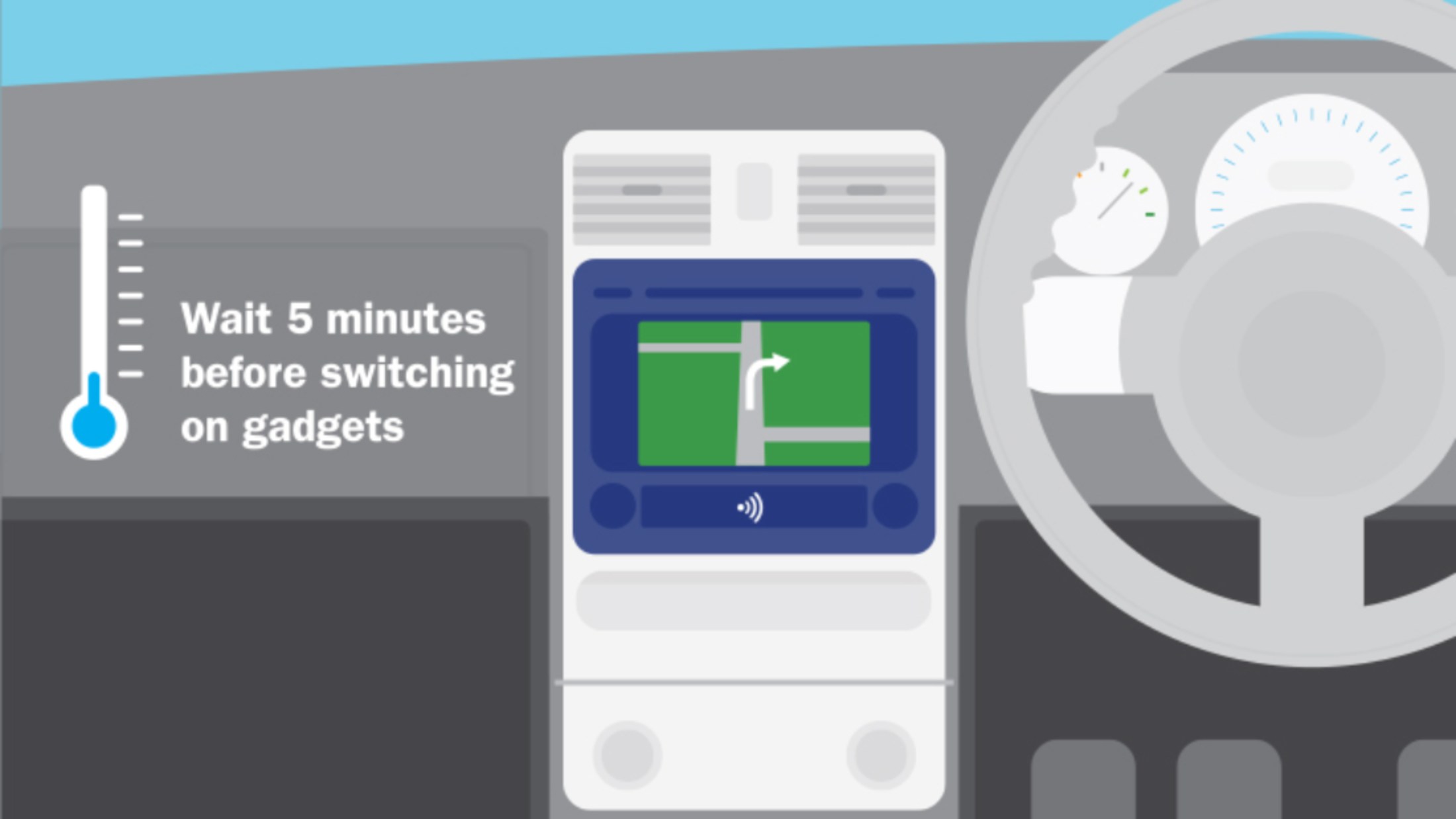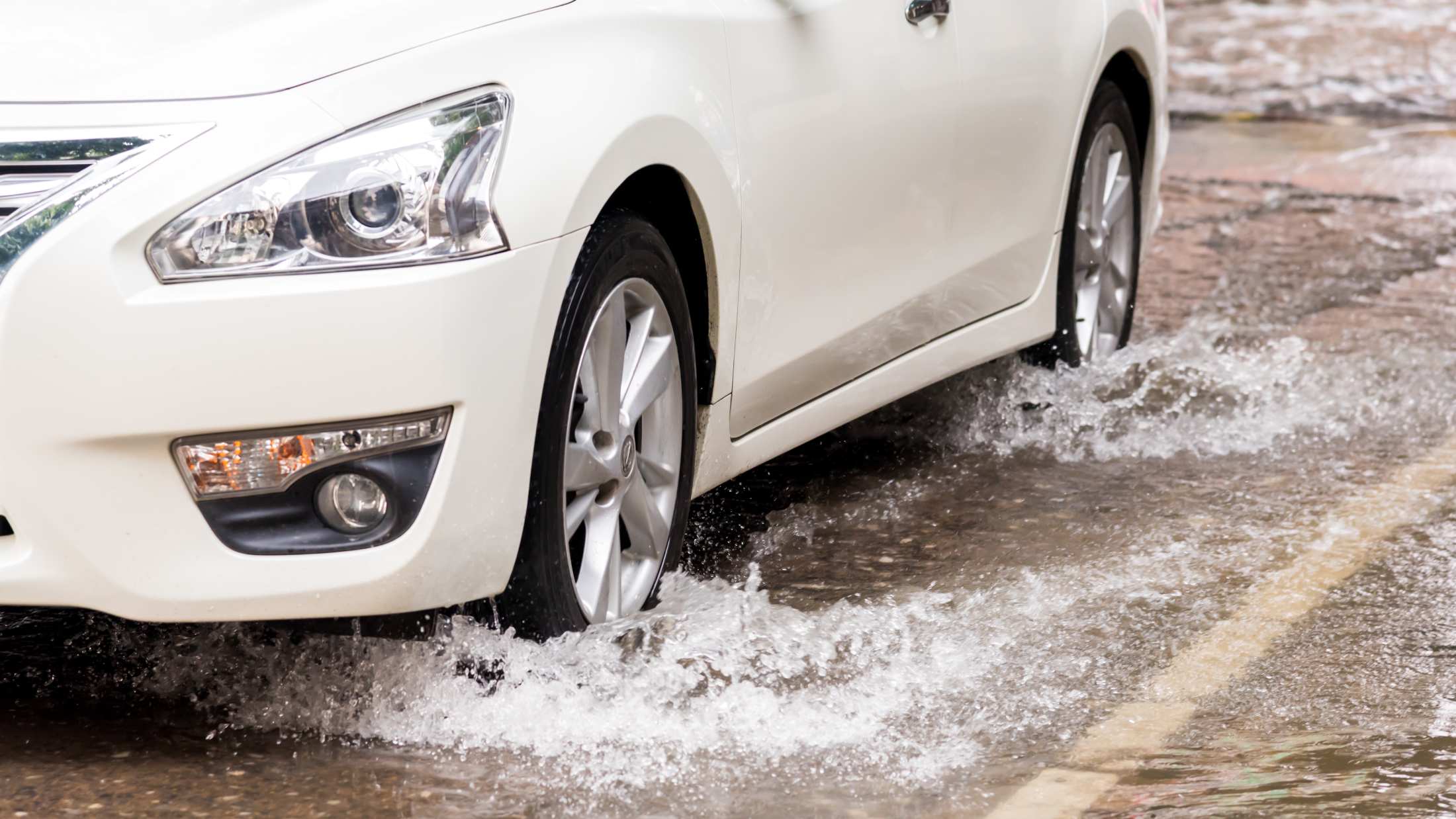Cold weather can play havoc with a car’s engine and electrics. Here’s a few simple tips to help get your journeys off to a smooth start this winter and avoid claiming on your car insurance.
The winter months pose lots of challenges to a car’s reliability. From frozen liquids to greater demands on the battery and alternator, cold weather makes it harder for a vehicle to run without hiccups.
That's why it's important to do everything you can to minimise the strain on individual parts, regardless of your car’s age or condition.
Older cars
Older spark plugs are notorious for failing in cold weather, with moisture preventing them from firing properly. Warming them or drying them can help combat this problem, but only if you're confident you can do so safely.
The battery units in older cars are also less likely to recharge quickly while driving, so it might be a good idea to have a portable recharging unit.

Modern cars
Modern cars are packed with tech to help you start up in cold weather.
The most common reason your car isn’t starting in the cold is likely to be battery related. If the car’s not turning over, or your dash lights don’t come on because the battery’s flat, you might be able to give it a jump start or recharge it. It’s wise to have jump leads in the boot. To jump start, you’ll need another car to connect the leads to. If that doesn’t work, you may need to replace the battery.
You can protect your car’s battery in winter by:
- Taking your car for a 30-minute drive weekly to help to keep it charged
- Keeping your car covered – if you can, park in a garage or away from the elements
- Not turning the radio and heaters on straight away
Electric vehicles (EVs)
Electric cars often do better in snow than petrol or diesel cars. The batteries in EVs are heavy, which gives them more grip on snowy roads.
But cold weather can make your EV’s battery less efficient. When it’s really cold, your car might not go as far on a charge, and it could take longer to recharge your battery.
Diesel cars
Diesel fuel can sometimes start to congeal in cold weather, although most UK petrol retailers sell diesel that will work at up to -15°C. Some car manufacturers fit heating elements to their diesel fuel filters to prevent it thickening, but if your car isn't fitted with one of these then you may find it helpful to use an engine block heater (or a hair dryer, if you need to improvise!), which will make the fuel thin enough for you to start the car.

General advice
Parking up in a garage is a great way to keep your car safe from the winter weather. If you haven’t got a covered spot, then try not to leave your car unused for more than a few days. Make sure everything is switched off at the end of your journey to avoid drain on the battery. Always remove snow from the bonnet before turning the car on.
On freezing mornings, hop in and start up the engine to give your car five minutes to warm up and fully demist the windows before setting off. Make sure you don’t leave it running when you’re not in it though – as that’s considered idling. It’s best not to stop and start the engine while it’s still cold, as it puts strain on the alternator and battery. They’ll already be working hard to power the air flow, lights and heated windows/mirrors/seats. Leave non-essential gadgets like the radio and sat-nav off for a few minutes.













